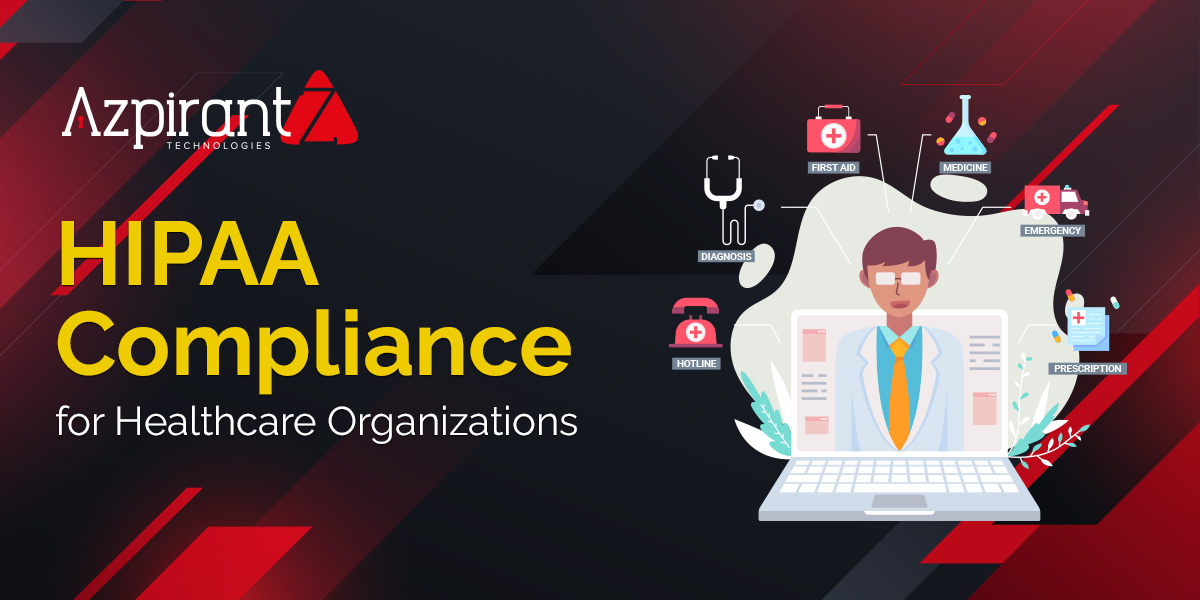In the evolving digital landscape, data privacy isn’t optional—it’s a legal and reputational necessity.
For businesses that are directly in healthcare or serve clients in the U.S. healthcare sector, HIPAA compliance is a critical obligation. Whether you’re a hospital, a SaaS provider handling patient records, or a cloud storage vendor for a healthcare app, if you process Protected Health Information (PHI), HIPAA applies to you.

This guide breaks down what HIPAA means for your business and how you can proactively ensure compliance and avoid common (and costly) mistakes.
What Is HIPAA, and Why Should Your Business Care?
HIPAA (Health Insurance Portability and Accountability Act) is a U.S. federal law enacted in 1996. Its primary objective is to:
- Protect the privacy and security of patient health data
- Ensure standardization in handling electronic health records (EHR)
- Enable patients to control how their health data is used
Why it matters to businesses:
HIPAA violations can result in penalties of up to $1.5 million/year per type of violation — but more importantly, they erode trust, damage your brand, and can break partnerships or contracts.
Who Must Comply?
HIPAA applies to:
Covered Entities (U.S.-based)
Organizations that create, receive, or transmit PHI directly:
- Hospitals and clinics
- Health insurers and HMOs (Health Maintenance Organizations)
- Health clearinghouses
Business Associates (India-based vendors)
Any organization working with a covered entity and accessing PHI:
- Cloud platforms and hosting providers
- Medical billing or transcription services
- Telehealth and AI-healthcare startups
- IT support, analytics, or CRM tools processing PHI
If your product or service touches PHI in any form — even indirectly — you’re expected to be HIPAA compliant.
Key Rules You Need to Understand
1. Privacy Rule
- Controls how PHI is collected, shared, and accessed
- Gives patients rights to their data, including access and amendment
- Requires minimum necessary use of PHI
2. Security Rule
- Requires administrative, physical, and technical safeguards for electronic PHI (ePHI)
- Includes encryption, access controls, role-based permissions, and data integrity controls
3. Breach Notification Rule
- Mandates reporting of security incidents or data breaches within 60 days
- Involves notifying affected individuals, the U.S. Department of Health and Human Services (HHS), and sometimes the media
4. Enforcement Rule
- Details penalties, investigations, and procedures for violations
HIPAA Compliance Checklist for Companies
Whether you’re a startup or an established organization, here are the essential steps your company must take:
1. Conduct a Comprehensive Risk Assessment
- Identify all systems, applications, and vendors that store or transmit PHI
- Assess internal processes, cloud infrastructure, endpoint access, and 3rd-party integrations
Consulting Tip: Have a third-party conduct your initial risk assessment for objectivity and best practices alignment.
2. Implement Technical Safeguards
- Encrypt PHI at rest and in transit
- Enable multi-factor authentication (MFA)
- Use audit logs to monitor access and changes
- Limit access through RBAC (Role-Based Access Control)
What we recommend: Secure configuration baselines (e.g., CIS benchmarks), periodic penetration testing, periodic access reviews, and least-privilege access policies
3. Formalize Administrative Policies
- Draft clear internal policies for PHI handling
- Define incident response protocols
- Appoint a HIPAA compliance officer
Training advice: Conduct periodic training, phishing simulations, and HIPAA awareness sessions for all staff
4. Execute Business Associate Agreements (BAAs)
- Sign BAAs with all third-party vendors that handle PHI on your behalf
- Ensure vendors also follow HIPAA standards
Common pitfall: Using cloud providers without a valid BAA — even compliant vendors like AWS or Google require formal agreements
5. Establish a Breach Notification Plan
- Create a step-by-step incident response plan
- Define internal and external communication protocols
- Test the plan annually
Best practice: Incorporate HIPAA breach response into your broader cyber resilience strategy
What Are the Risks of Non-Compliance?
HIPAA is heavily enforced by the Office for Civil Rights (OCR). The financial and reputational risks include:
| Violation Type | Penalty Range |
| Unknowing | $100 – $50,000 per violation |
| Reasonable cause | $1,000 – $50,000 |
| Willful neglect (corrected) | $10,000 – $50,000 |
| Willful neglect (uncorrected) | Up to $1.5 million annually |
In addition to penalties, businesses face:
- Contract termination or loss of certifications
- Loss of B2B deals (especially with hospitals and insurers)
- Customer churn and bad press
Strategic Advice for Healthcare Vendors and Startups
- Build privacy and security into product design from day one (Privacy by Design)
- Maintain compliance documentation and audit trails to show due diligence
- Evaluate and monitor third-party vendors regularly
- Consider obtaining HITRUST certification or ISO/IEC 27001 for added assurance
Final Words: Compliance is Your Competitive Advantage
HIPAA compliance isn’t just about avoiding fines, it’s a business differentiator.
By demonstrating security and privacy maturity:
- You gain trust in highly regulated sectors
- You reduce risk exposure
- You position your company for long-term growth and partnerships
*The content is released by Azpirantz marketing team.